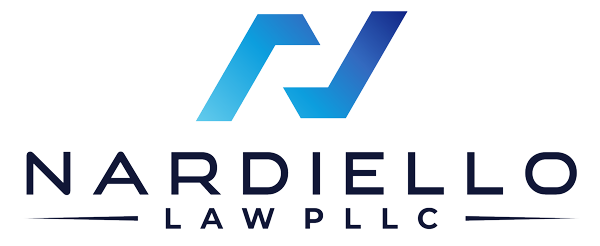Intellectual property rights are the rights given to persons for the unique or original creations created by them. More specifically, it’s the rights given by our country to protect your trade secrets, patents, copyright, and trademarks (four types of intellectual property) from being stolen or misused. These rights are usually given to persons for a specific period of time.
Intellectual Property Rights Defined [How to Protect It]
Your Basic Rights to Intellectual Property
The intellectual property you create has basic rights given by the U.S. Constitution, enforced by Congress. As an author, inventor, or creator, you have basic protective rights to your created work that cannot be stolen, outlined by the U.S. Constitution. Do note, however, that to have complete protection for your intellectual protection, you’ll need to receive patent protection.
What the US Constitution Says
Article I, Section 8, Clause 8 of the Constitution says:
To promote the Progress of Science and useful Arts, by securing for limited Times to Authors and Inventors the exclusive Right to their respective Writings and Discoveries.”
Four Types of Intellectual Property
Trade Secrets
Trade secrets are specific information held by a company that gives them an advantage in the marketplace. If a trade secret is acquired by another company, it could harm the original holder. The protection of a trade secret is that if another business or entity steals and implements the ideas without proper permission, attribution, or royalties, there will be legal action.
Patents
A patent is limited-duration protection that hinders the creation of a product you’ve created. An invention is a new, non-obvious, and useful idea such as a new process, machine, article of manufacture, or composition of matter. When a creator holds a patent, others are prevented from making and selling the new product you made.
Copyrights
Copyright is a type of intellectual property that protects works of authorship. Under protection can include literary works, music, and art, software, and architecture. Copyright protections are always automatic and protect to a degree. If your rights are infringed, however, then registration of your copyright will be necessary.
Trademarks
Trademarks are words, phrases, symbols, or logos that distinguish one entity from another. Like copyright, some protections are automatically given, but further protection can be sought. Once trademark protection is acquired, it’s held indefinitely.
How to Protect Intellectual Property
The best way to protect your intellectual property completely is to acquire a patent with the United States Patent Office. A patent provides full legal protections should your intellectual property rights become infringed upon. However, if you are unable to secure a patent for whatever reason, there are a few options available that may help protect your intellectual property rights.
The Poor Man's Patent
The Poor Man’s Patent is this: Describe your thoughts or invention in writing and mail it to yourself in a postmarked, sealed, and dated envelope. The premise is to have your ideas in detail on a specific date so it can be shown as proof that the ideas are yours. The hard part is the Poor Man’s Patent usually doesn’t hold up well in court. You will have to decide the length you want to go to protect your intellectual rights.
Publish Widely with Attribution
One of the best methods to protect your intellectual property is to publish your thoughts, works, research, and findings widely. Although this will not provide the full protection as securing a USPO patent, it will help prove that you were there originator of your idea.
Pursue Your Idea Quickly and Quietly
Is your idea the greatest thing since sliced bread? Consider pursuing your idea quickly and quietly to help ensure its success. Often times it is better to remain “hush-hush” about your idea rather than share it with too many others and risk having your idea…or in this case, your intellectual property…stolen. And since you don’t yet have a patent, you’d have no legal standing in the court of law.
Rely Upon the General Law for Protection
The United States Constitution provides general protection for copyrights and trademarks, as outlined above. However, these protections are offer minimal coverage for your ideas in the event that they are stolen or copied. Once again, if possible, you are best off securing a full patent from the United States Patent Office to guarantee your intellectual property rights.
Need an Intellectual Property Lawyer?
Nardiello Law focuses on intellectual property rights and commercial litigation. Our firm is widely recognized in the United States and Internationally as a leading IP litigator, prosecutor, and counselor. Contact us today to learn more about how we can help secure your intellectual property rights.
